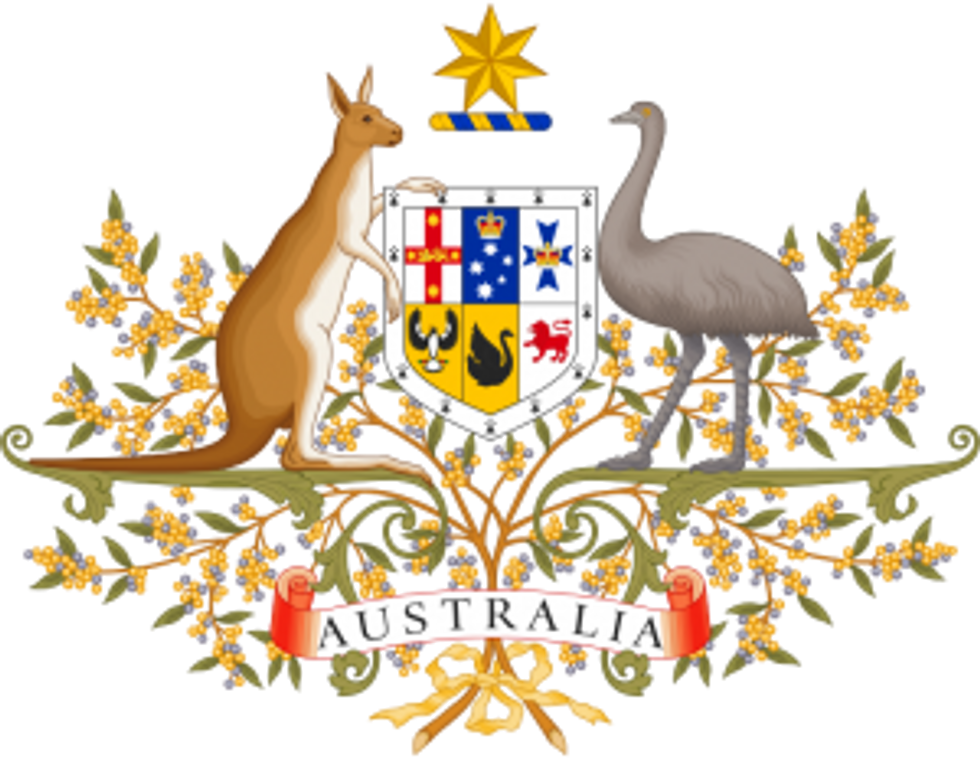The Panic Down Under: Australia’s Increasingly Uneasy Relationship with Iron
Iron ore prices are down 50 percent since January and continue to slump. Iron Investing News takes a look at the metal’s close ties to Australia and how further price drops could impact the country.
As the dropping iron ore price continues to bear down on companies, concern is growing in Australia that the decline could be bad news for the industry’s future.
Iron ore is a cornerstone of Australia’s export industry, but has seen a near 50-percent drop in price since the start of the year — currently it’s sitting at $68 per tonne, its lowest price in more than five years. Analysts at Citi have said the metal’s price could fall below $60 per tonne next year and remain around $65 for the following two years.
What’s the problem?
Iron mining is an economic backbone of Australia’s economy, with close ties to China, its largest trading partner, helping prop up the market. As a result, China’s weak demand for the metal has been hurting Australia.
The worry is that Chinese demand will continue to soften, leading to economic issues. In an interview with ABC News, Noriel Roubini, an international economist, predicted that China’s growth rate could fall to 6 percent or below in the next few years, with the impact being devastating to commodity prices.
Big business in Australia
Already, some impact is being seen. Because of the intrinsic nature of iron mining and the Australian economy, the slump in prices has trickled down to hurt the Australian dollar. Since September, it’s fallen (compared to the US dollar) from $0.94 to $0.85. Its drop in comparison to the euro has been less harsh.
And while coal mine closures have largely dominated the news in Australia, some worry that iron mines could soon follow suit. BHP Billiton (NYSE:BHP,ASX:BHP,LSE:BLT) and Rio Tinto (NYSE:RIO,ASX:RIO,LSE:RIO) are currently involved in a race to the bottom, each trying to outdo the other to become the lowest-cost producer of iron ore.
For its part, BHP has already pledged to make further cost cuts on top of the $1 billion in cuts it made to its capital spending plans earlier this year. In all, the company is looking to make its operating costs about $4 billion lower than the 2014 financial year.
“The bottom line is that there are a number of projects that are not going ahead, a number that are shutting down, a number that are scaling back,” said Mitch Hooke, former chief executive of the Minerals Council of Australia, in an interview with ABC News. “We’re seeing a focus on costs or the austerity phase, you know how they call it … the challenge for the industry is that it doesn’t become a foetal [sic] position.”
Swimming upstream
The solitary bright spot is that new projects are still being started, providing some economic hope for the region and the jobs tied up in it. For instance, the Western Australia Protection Authority gave its blessing to Rio Tinto’s $3.5-billion Koodaideri iron mine on November 19. The project has a mine life of 30 years and is expected to produce up to 70 million tonnes of iron ore a year.
For investors, it’s encouraging to see some companies continue to invest money in projects — but how such projects will fare in the current market is anyone’s guess.
Securities Disclosure: I, Nick Wells, hold no direct investment in any of the companies mentioned in this article.
